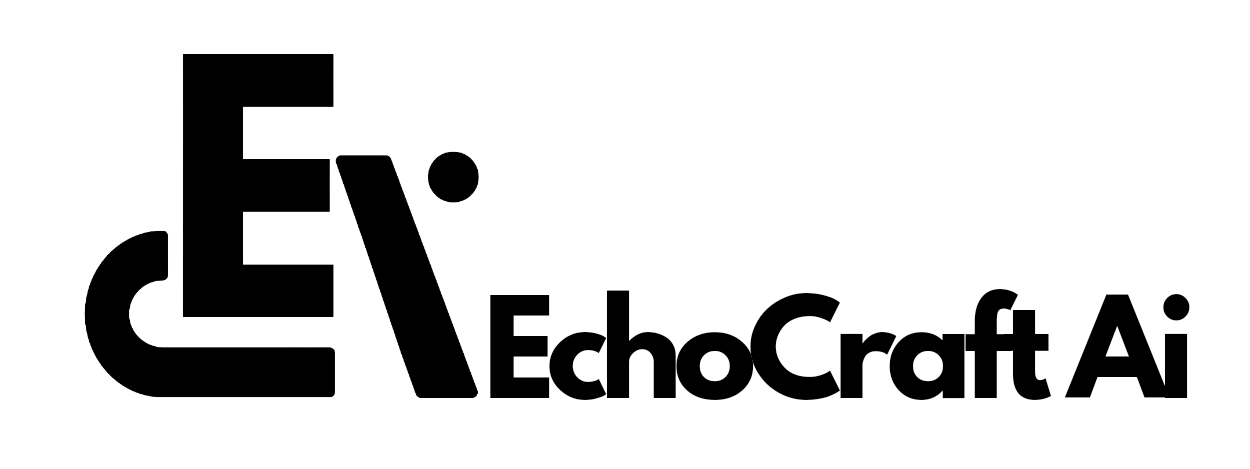Elon Musk, known for bold ideas and ambitious timelines, has released Tesla’s 2024 roadmap, which aims to revolutionize transportation and automation.
Musk’s plans span affordable EVs, autonomous vehicles, and humanoid robots, offering a glimpse into a future of innovation. Yet, while these promises spark excitement, questions remain about their feasibility and timeline.
The $25,000 EV
Musk’s vision of a $25,000 electric vehicle initially aimed to make EVs accessible to a broader audience. The focus soon shifted toward a robotaxi prototype, resulting in layoffs and a pivot in Tesla’s strategy.
By late 2024, Musk had dismissed conventional affordable EVs as “pointless,” emphasizing autonomous designs instead.
Despite the pivot, Tesla’s third-quarter earnings call projected growth in 2025, driven by advancements in lower-cost EVs and autonomous technology.
Robotaxis and the Cybercab Vision
The Robotaxi project centers on the Cybercab, a vehicle designed without traditional steering wheels or pedals. In 2024, Tesla unveiled 20 Cybercab prototypes, with production anticipated by 2025 or 2026.
Musk aims to price these autonomous vehicles under $30,000, envisioning reduced operating costs of $0.20 per mile.
Regulatory challenges loom large. Current U.S. federal safety standards mandate manual controls, and Tesla’s Full Self-Driving (FSD) software still requires human oversight. These hurdles cast doubt on Musk’s claims of a fully autonomous future.
Autonomous Ride-Hailing
Musk has also proposed launching an autonomous ride-hailing network by 2025. The service would allow Tesla owners to add their vehicles to a self-driving fleet, creating an Uber-like platform driven by Tesla’s FSD technology.
Testing of unsupervised FSD began in California in 2024, but regulatory barriers remain. California’s Department of Motor Vehicles requires rigorous permits for deploying autonomous vehicles, adding uncertainty to Musk’s timeline.
The Robovan
Expanding beyond passenger cars, Tesla introduced the Robovan in 2024. Designed for multi-purpose applications, the Robovan reflects Tesla’s broader vision for transportation innovation. However, details on its functionality and production schedule remain limited.
Optimus Bots
Tesla’s Optimus robot, introduced in 2022, is slated for limited production by 2025. Musk envisions thousands of these humanoid robots aiding Tesla’s manufacturing processes and potentially entering the consumer market by 2026.
While humanoid robots face scepticism due to technical limitations, Tesla’s focus on automation signals an effort to transform industries like manufacturing and logistics.
Navigating Challenges
Tesla’s ambitious plans emphasise overcoming significant regulatory, technical, and market obstacles. The reliance on autonomous technology for growth highlights the complexity of fulfilling Musk’s promises. Shifting priorities and missed deadlines further compound these challenges.
Despite these issues, Tesla’s bold vision continues to captivate public and investor interest. With a market value of $1.42 trillion by the end of 2024, Musk’s leadership ensures Tesla remains at the forefront of innovation.
Whether Tesla can deliver on these transformative promises will define its trajectory in the years ahead.

